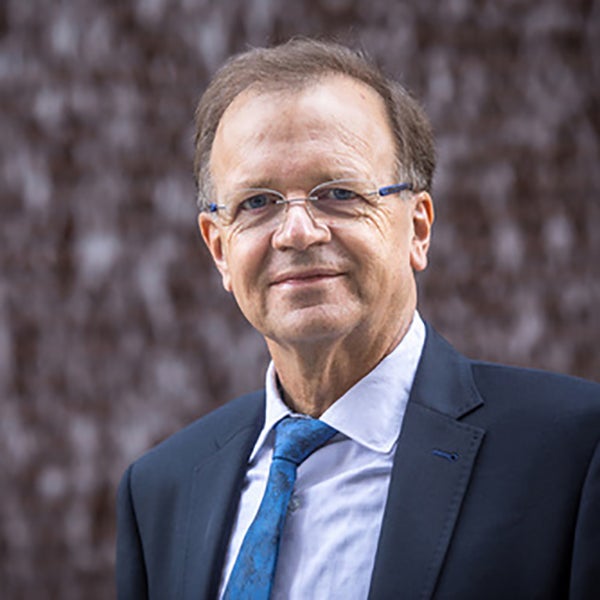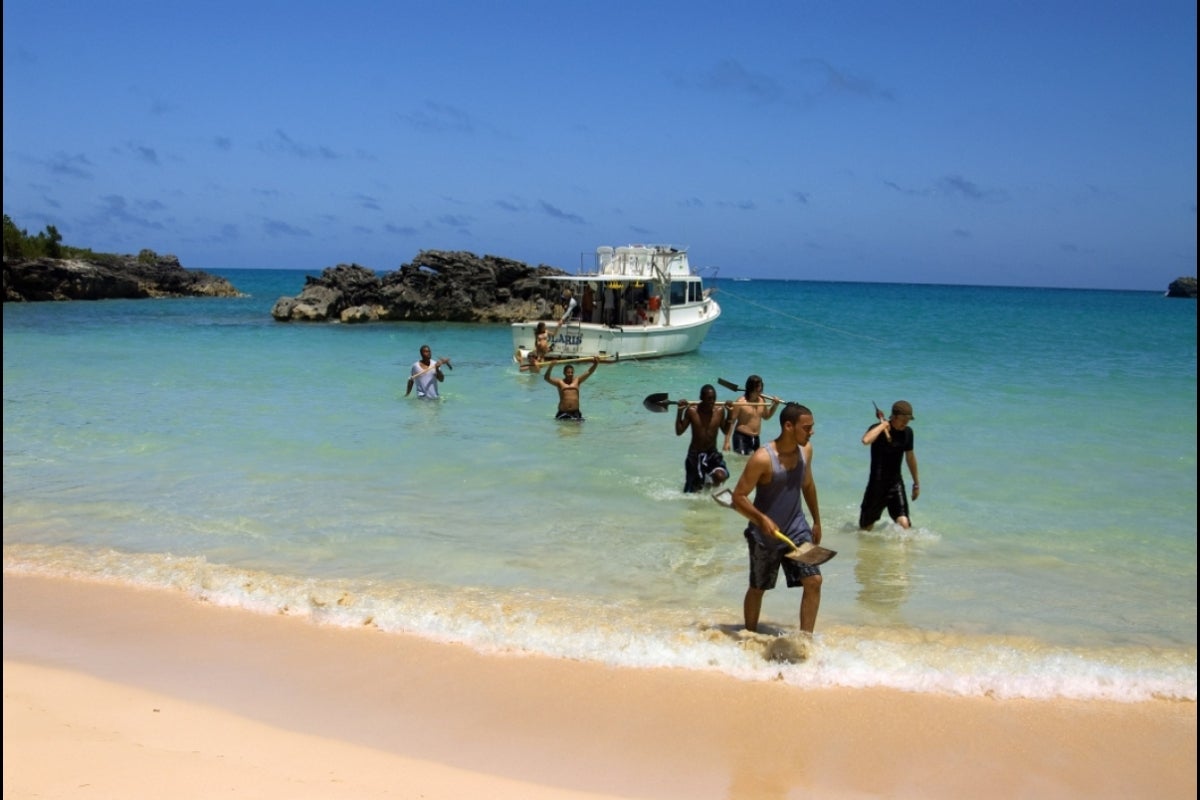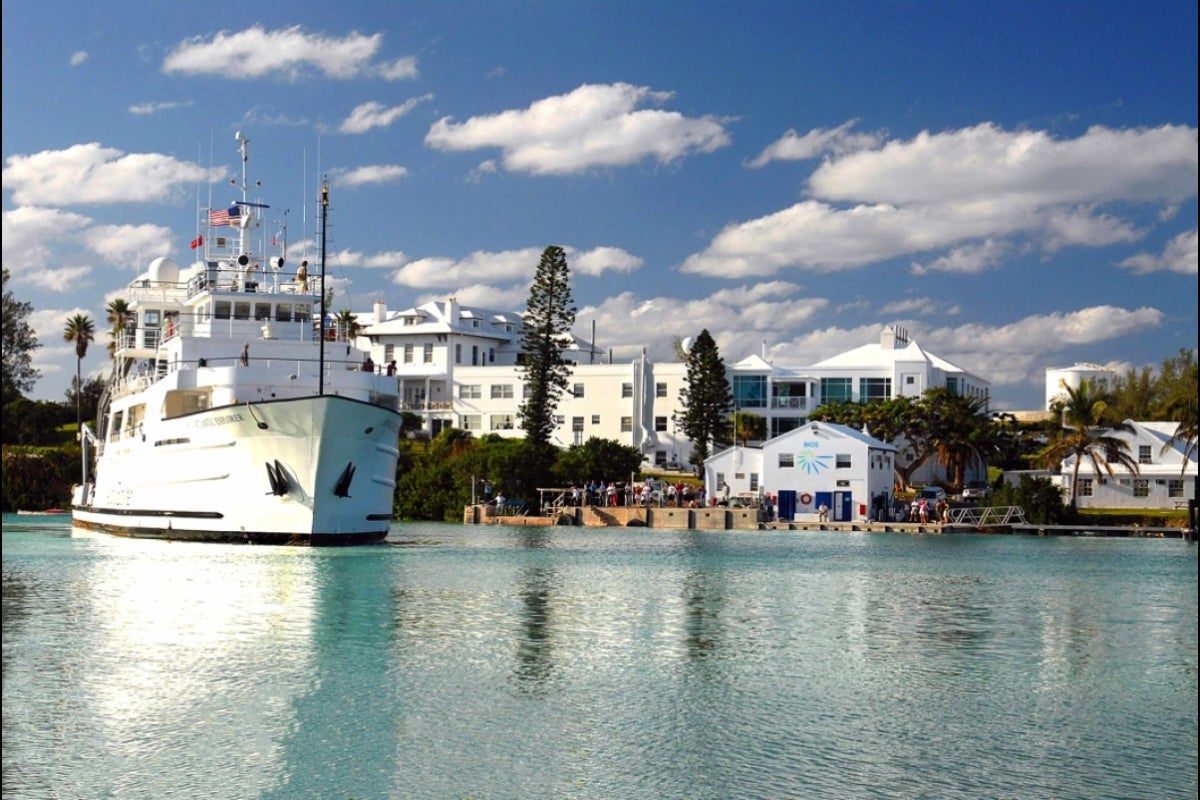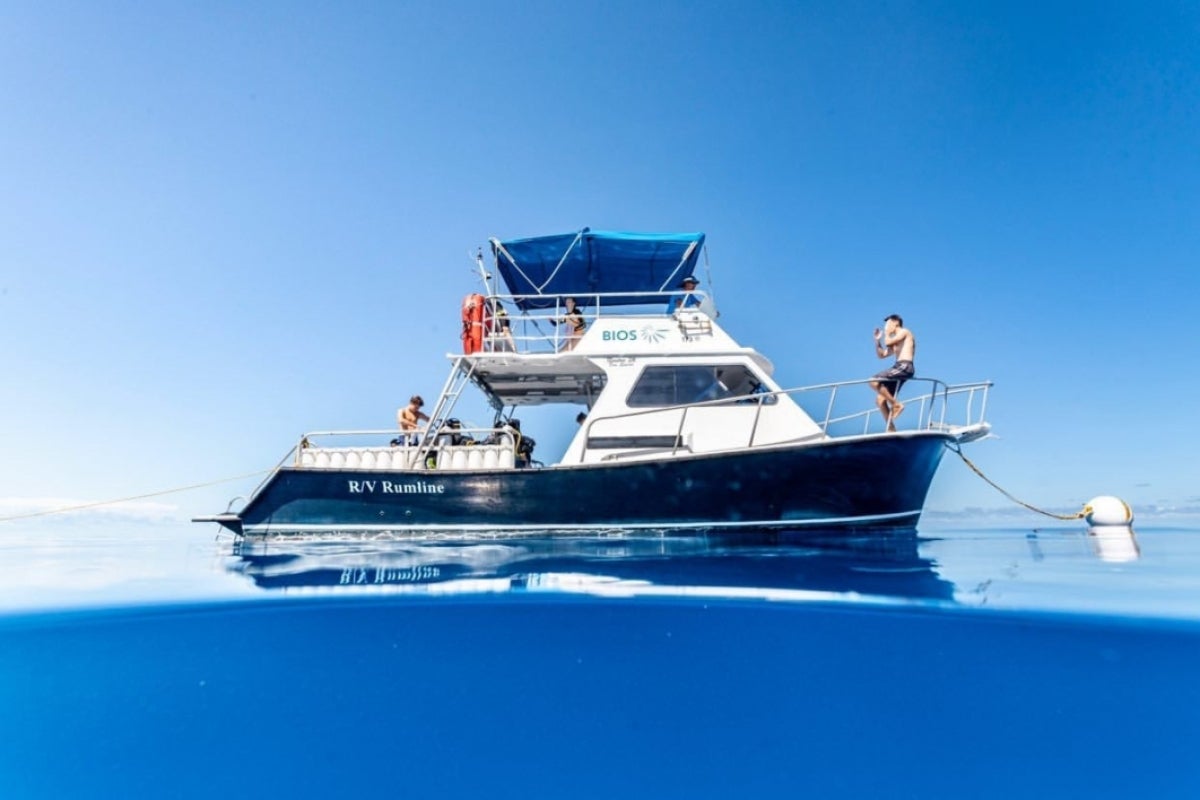Editor’s note: This story is featured in the 2022 year in review.
A new school dedicated to the study of the ocean and its ecosystems, and it is based in the desert?
Something so improbable and dynamic could only happen at Arizona State University and the ever-forward-looking Julie Ann Wrigley Global Futures Laboratory.
The laboratory's College of Global Futures announces the launch of its fourth school, which advances learning, discovery and partnerships that shape a thriving global future: the School of Ocean Futures.
Peter Schlosser
“We live on a water planet, with 70% of Earth’s surface covered by water and its largest biome residing in the world's oceans, thus it is imperative to include the oceans in a holistic view of the world we strive to live on,” said Peter Schlosser, vice president and vice provost of the Julie Ann Wrigley Global Futures Laboratory.
“The Julie Ann Wrigley Global Futures Laboratory’s mission is to explore pathways into a future that offers opportunities for the coming generations on a healthy planet. The School of Ocean Futures will be the Global Futures Laboratory’s home for providing students the opportunity to study the present and imagine the future of our oceans, preparing them for careers dedicated to making the critical decisions required to keep our world in balance,” he said.
The School of Ocean Futures will be the planet’s newest academic home for studying, teaching and developing innovative solutions about the current and future states of the ocean, and will address challenges our oceans face due to increasing pressure from human activities.
It joins three other pioneering schools in ASU’s College of Global Futures: the School for the Future of Innovation in Society; the School of Sustainability; and the School of Complex Adaptive Systems.
This unprecedented college equips its students and faculty with the training and tools to develop their lifelong career pursuits, while shaping a thriving global future for all of Earth’s inhabitants and systems.
Scientists and scholars in the School of Ocean Futures will serve local and global communities through exploration, discovery, knowledge development at the intersections of our oceans and society.
“We are at the cusp of a new era of ocean exploration and are truly excited about the opportunities that the new School of Ocean Futures brings,” said Susanne Neuer, founding director and professor at the School of Ocean Futures and a senior Global Futures scientist. “This new school brings together ocean scientists and teachers from across the globe to train and guide our students in making unique contributions to our understanding of the present and future roles of the oceans in our global ecosystems and climate.
"A new generation of students from ASU and from across the globe will thus be able to include the oceans in their understanding of the world around them and will be able to find the solutions necessary to survive on our rapidly changing planet.”
Oceans are not just the world’s largest ecosystems, they are also one of the leading indicators of our planetary health and wellness. From the condition of coastal ecosystems to the robustness of marine populations, from fluctuations of sea temperatures that drive weather systems and sea levels to the sustenance of human populations that live along and depend on the seas, oceans have long been keepers and mysteries of solutions, according to ecologist and exploratory researcher Greg Asner, one of the school’s first appointed faculty.
“Whether you live along a coast or far inland, each of us is inextricably tied to oceans that provide us with enormous cultural, ecological and economic benefits,” said Asner, who is also director of the ASU Center for Global Discovery and Conservation Science. “Our oceans are changing faster and challenging us more than ever before, so the solutions our new school will pursue cannot come too soon.”
The School of Ocean Futures combines research and teaching facilities in the Pacific and Atlantic oceans with cutting-edge research facilities within the Rob and Melani Walton Center for Planetary Health, home of the College of Global Futures on ASU’s Tempe campus. The Walton Center holds more than 70,000 square feet of laboratory space and collaborative environments to encourage transdisciplinary learning and exploration.
For its Pacific base, ASU’s Center for Global Discovery and Conservation is located in Hilo, on the Big Island of Hawaii, and houses computational and chemical labs, offices, conference rooms and field operations space. Hawaii is also home to the ASU Allen Coral Atlas laboratory, a network of field sites and land-based partners linking research and outreach to map the world’s coral reefs, and the Pacific RISA program in Honolulu that supports Pacific island and coastal communities in adapting to impacts of climate change.
The Bermuda Institute of Ocean Sciences is ASU’s research and learning presence in the Atlantic, established through a partnership announced last year. The institute brings more than 120 years of excellence in ocean and atmospheric science research and a rich tradition of university-level teaching.
With a campus of classrooms, laboratories, dormitories and vessels, including the flagship 170-foot R/V Atlantic Explorer, the institute allows scientists and scholars to venture into the northernmost coral reefs in the Atlantic and the surrounding Sargasso Sea, one of the planet’s most biodiverse open-ocean ecosystems.
The institute also operates two of the world’s longest-running time-series programs: Hydrostation ‘S’, which has provided a continuous record of the ocean’s physical properties since 1954, and the Oceanic Flux Program, which has yielded unprecedented insights into deep ocean particle fluxes since 1978.
“Bermuda’s convenient access to deep water was one of the factors that led to the establishment of a year-round marine research and educational institution on the island,” said Bill Curry, president and CEO of the institute. “Many ‘firsts’ in ocean science can be traced back to Bermuda and (the institute). Now, as part of the School of Ocean Futures, we look forward to supporting many more ‘firsts’ as ASU students and researchers from around the world help usher in a new age of ocean innovation and discovery.”
“We truly are in a unique place to bring together scientists working in both oceans and to offer experiential learning and research opportunities to a new generation of ocean scientists,” Neuer said.
Research programs for the School of Ocean Futures are currently underway with courses and degree programs launching in fall 2024. For more information, visit the School of Ocean Futures website.
Jason Franz, assistant director of strategic communication for the Julie Ann Wrigley Global Futures Laboratory, contributed to this story.
Top photo: The Bermuda Institute of Ocean Sciences research vessel Rumline is anchored off of a coral reef offshore of Bermuda for research. Photo courtesy the Julie Ann Wrigley Global Futures Laboratory/BIOS
More Science and technology

ASU-led space telescope is ready to fly
The Star Planet Activity Research CubeSat, or SPARCS, a small space telescope that will monitor the flares and sunspot activity of low-mass stars, has now passed its pre-shipment review by NASA.…

ASU at the heart of the state's revitalized microelectronics industry
A stronger local economy, more reliable technology, and a future where our computers and devices do the impossible: that’s the transformation ASU is driving through its microelectronics research…

Breakthrough copper alloy achieves unprecedented high-temperature performance
A team of researchers from Arizona State University, the U.S. Army Research Laboratory, Lehigh University and Louisiana State University has developed a groundbreaking high-temperature copper alloy…









